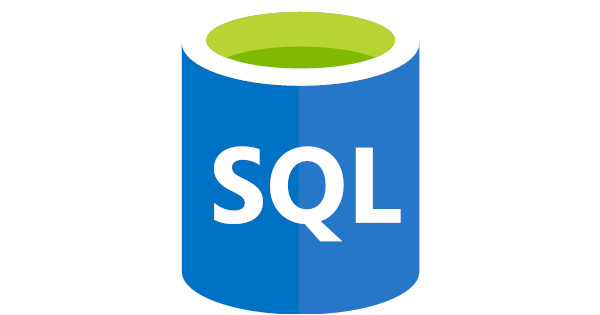Business today moves on analytics that provides the correct picture of how business is performing, and it helps to take the right decisions. For applying the analytics in the right way, you must know how to pick the right foundational technology that revolves around the database. Although it may sound quite simple, choosing the right database is never easy unless you know the ways of selecting it. What you must consider identifying the database that is right for your business of average size and what are the different options available would become clear on reading this article. The better you know about the type of data that you handle and its volume, easier it would be to identify the suitable database. The speed at which you would like to retrieve data plays a vital role in selecting the database. The focus of your engineering team is also an important consideration.
Data type
The way you have the data arranged bears enough hint about the kind of database that you would need. You might have the data arranged in rows and columns in a neat way just suitable for transcription on Excel sheet. In some other instance, the data arrangement might just be compatible for compiling it in a Word document.
When data arrangement relies on rows and columns, you have a clear idea about the relationship that exists between rows and columns that keep it linked to one another. There is defined the relationship between the data, and you are aware of what kind of data you are likely to receive. According to the experts at remoteDba.com, it is clear that you would be comfortable with relational databases to handle the data that has a structured layout. Choose between various options like MySQL databases along with BigQuery, Amazon Redshift or Postgres in case you opt for relational databases. For data that is suitable for transcription on Word document, you would require a non-relational database like Hadoop or Mongo.
Data volume
Databases of all types can handle any volume of data but how much data you are likely to handle influences the selection of databases. The purpose and manner of data storage determine which type of database you need. Regardless the data volume, if your purpose were to write the data speedily without affecting the inflow of data, then you would be fine with a non-relational database like Hadoop that is open to any amount of data handling. Although relational databases can handle any volume of data, the efficiency peaks within certain boundaries like those that Amazon Redshift operates at peak efficiencies when handling data between 64 TB and 24 PB. For data less than 1TB, MySQL and Postgres are excellent choices.
Time allowed for retrieving data
Different databases have different data retrieval times and how speedily you want to retrieve data is one of the most critical factors that determine which type of database would be suitable for you. Decide whether you need data for fact analysis later or you want real-time data. For accessing data real time, you have to depend on Hadoop, which is an unstructured database, but for analyzing data at some other time without the need of real-time dependence, relational databases like Redshift or BigQuery are just suited for the purpose. You can handle queries faster with these databases that are capable of handling the enormous amount of data by reading and joining it quickly.
Let us now understand the differences between relational and non-relational databases that would make it easy for you to select the right database for your business.
SQL or relational database
SQL or Structured Query Language is the name given to the database that comprises of rigid structures. The name originates from the language used for creating the program, and you can identify the structure by the tables consisting of rows and columns. There are at least two tables in the structure. Data is entered in the rows while the columns are responsible for sorting information based on the type of query, which could be something like a name, age, gender, address or phone numbers. The relationship between the tables and the field types is known as schema, and you must define it clearly before adding information to the database to reduce data redundancy. MySQL, Oracle, IBM DM2 and Sybase are renowned relational or SQL databases that are capable of executing queries, data retrieval, updating and editing data and creating records as well as deleting it. Since SQL databases have high compatibility with various software stacks, it remains very popular to users.
NoSQL or non-relational databases
When you are dealing with huge amount of unstructured data, you will find the SQL databases falling short of your expectations in data handling. The problem with unstructured data is that it simply does not fit into the restricted environment of the structured database. For such data, you need a flexible database like NoSQL database capable of accommodating data of all types without imposing any rigid rules for it. The database is more like folders that contain data and files within. The openness of the structure allows storing entire blog posts that contain photos, text, links, social likes and much more. No-relational databases do not have any schema and are ideal for storing, processing and analyzing all kinds of data that the NoSQL structure permits.
Document-oriented data is ideal for such databases that can store the unstructured data in a single document which you can retrieve easily without taking recourse to categorizing as done for SQL databases. This kind of databases finds wide popularity among app developers.
It is imperative to understand the data profile of your business to decide what kind of databases you would need. It is never a choice between any one of the two types because in most cases, you might require SQL as well as non-SQL databases to meet the business needs. How you want to organize data and what objectives you would like to fulfill determine the type of databases you need.
About the author: Jimmy Callaghan is a database expert who has served the top companies in the field including remoteDba.com. His knowledge of various business processes gives him the scope of serving clients across a wide range of industries. He loves to indulge in adventure sports.


















Be First to Comment